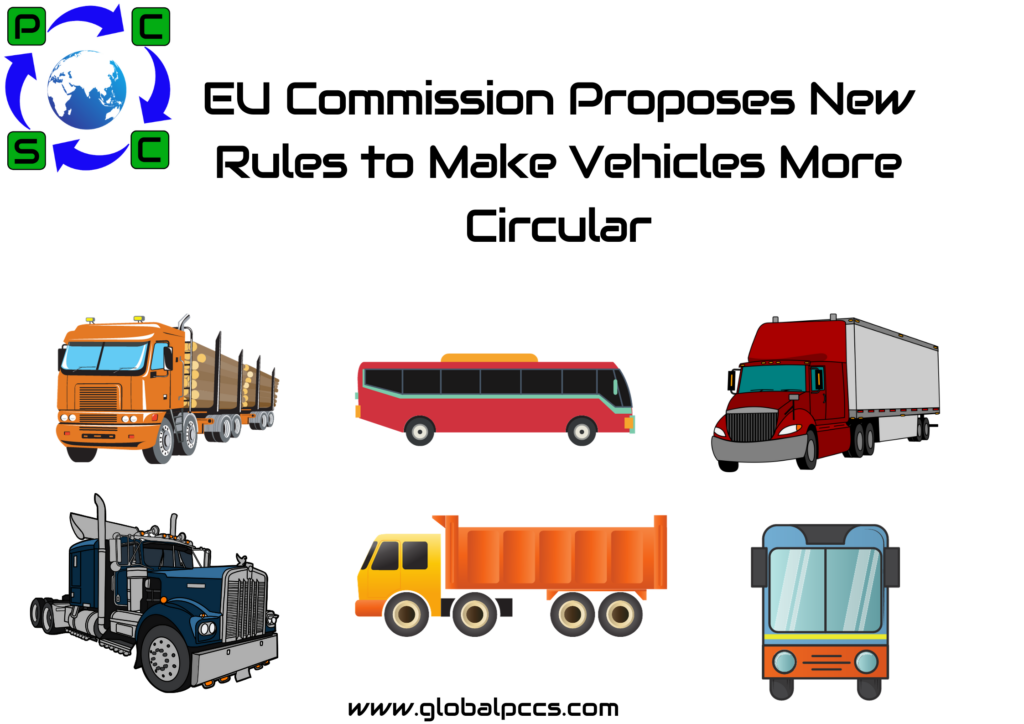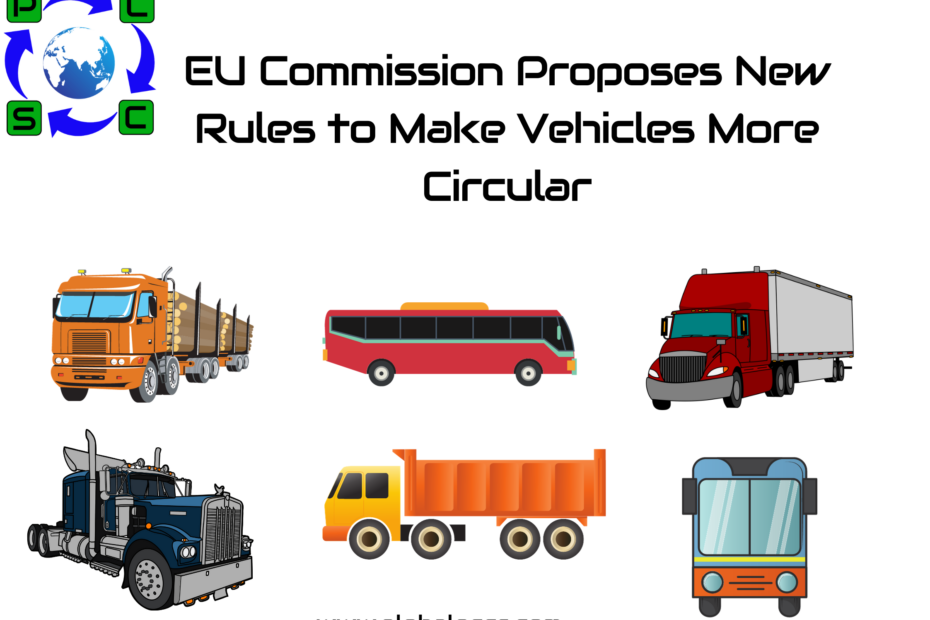
The European Commission put forth a new regulation on the management of end-of-life vehicles and the circularity standards for vehicle design on July 13, 2023. The concept
proposes to improve end-of-life vehicle (ELV) collection, treatment, and recycling as well as vehicle durability, repairability, reusability, and recycling.
The proposal comprises a number of crucial actions, like:
Minimum recycled content requirements for certain vehicle components: All new vehicles sold in the EU must have at least 12% recycled material by weight by 2035 and 20% by 2045. Minimum recycled content criteria for specific vehicle components. As a result, there will be a greater market for recycled resources and less demand for virgin raw materials.
Design requirements for durability, repairability, and recyclability: Vehicle makers will be forced to build vehicles that are more durable, easier to fix, and easier to recycle. build criteria for durability, repairability, and recyclability. This will assist to increase the lifespan of cars and cut down on waste production.
Better ELV collection and treatment: The plan establishes new goals for ELV collection and treatment. 95% of all ELVs must be gathered and handled by 2035. This will make it possible to guarantee the proper environmental disposal of ELVs.
Increased ELV recycling: The proposal establishes new goals for ELV recycling. 85% of all ELVs must be recycled by weight by the year 2035. This will assist in recovering priceless materials and lowering the quantity of garbage produced.
The project is anticipated to provide several environmental advantages, such as:
Emissions reduction: By 2035, the proposal is anticipated to reduce greenhouse gas emissions from the automotive industry by 12.3 million tonnes annually.
Reduction in waste production: By 2035, the proposal is anticipated to cut waste production in the automobile industry by 5.4 million tonnes annually.
Critical raw minerals: from the automobile industry, such as lithium, cobalt, and nickel, are likely to be recycled more frequently as a result of the idea.
The European Parliament and the Council of the European Union are currently debating the idea. If passed, it would go into effect in 2025.
Industry response
The idea has received positive feedback from the automotive sector, but there are some issues as well. The industry agrees that making vehicles more circular is a good idea, but it is
concerned about whether the proposed standards, especially the minimum recycled content requirements, can be achieved. The cost of implementing the new regulations worries the sector as well.
Conclusion
A key step towards making the automotive industry more sustainable is the European Commission’s proposal for a new regulation on circularity criteria for vehicle design and on
management of end-of-life vehicles. Although the idea is anticipated to provide a number of environmental advantages, it is crucial to make sure that its implementation is viable and
cheap.
For more information on the impact please book a free consultation by filling the form or writing to us at manjunath.c@globalpccs.com








 Authorised IMDS & CDX Training & Consulting partner for
Authorised IMDS & CDX Training & Consulting partner for






